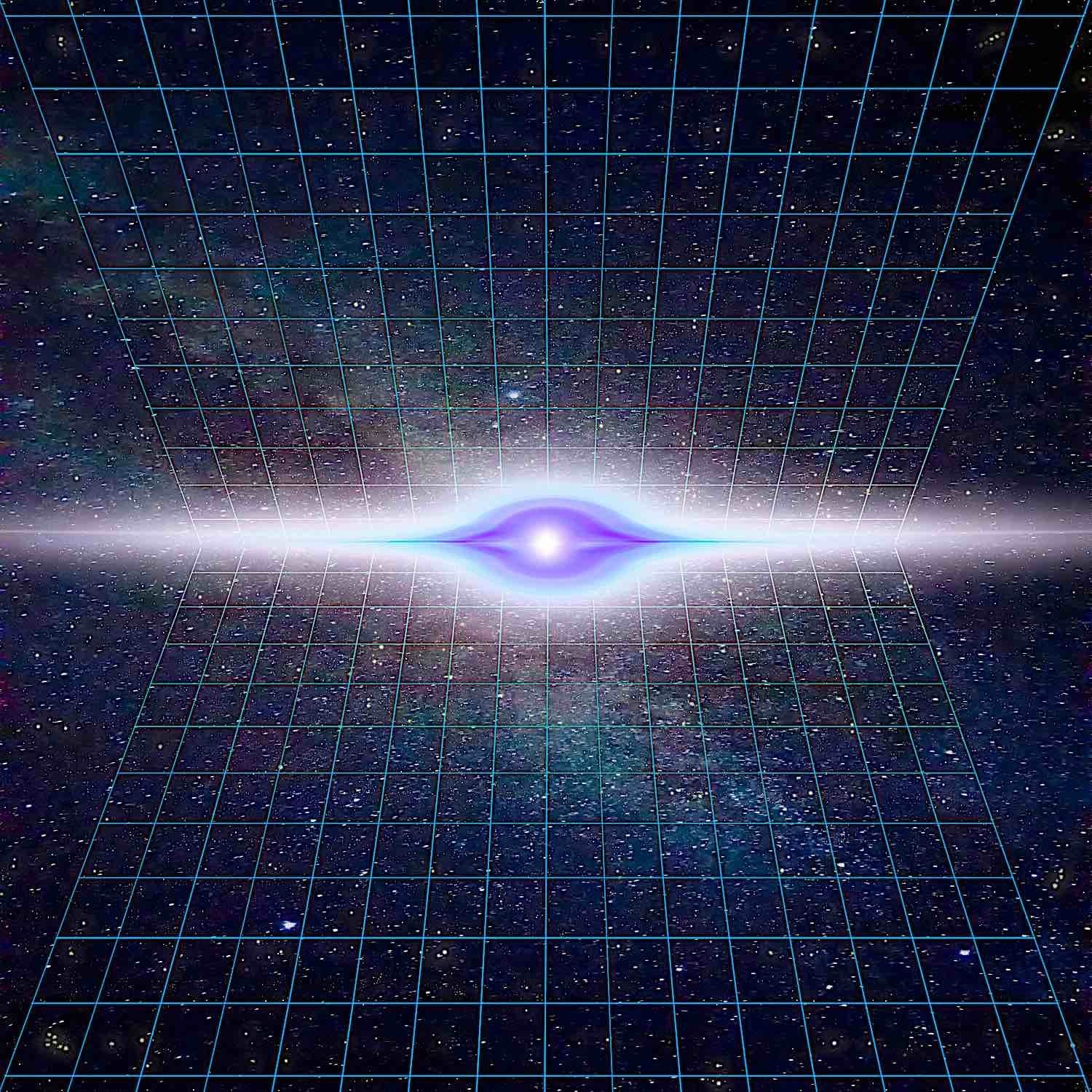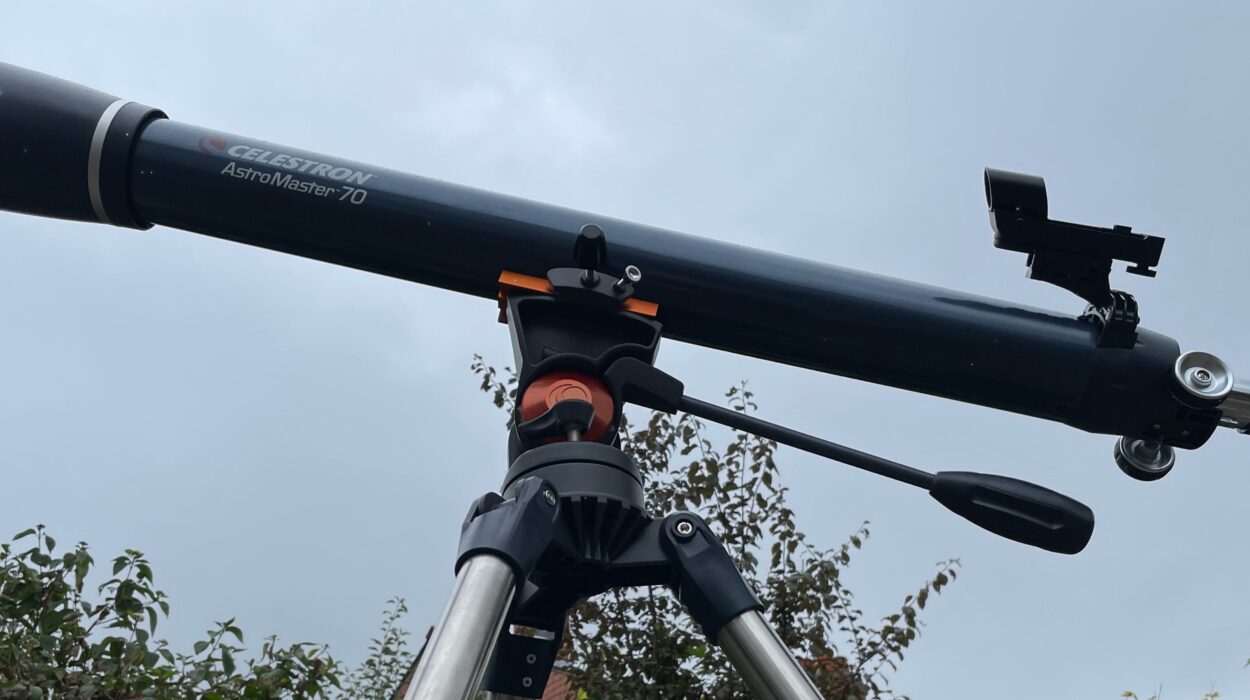Time is one of the most intimate experiences of our lives. We wake up in the morning, feel the hours move through our day, and fall asleep again as night arrives. We measure it with clocks, calendars, and memories, but time is more than numbers on a dial—it is the river in which our lives flow. For most of human history, time seemed steady, universal, and absolute. A second was a second, whether one lived in the mountains or by the sea, whether one was in motion or still. The sun rose and set, pendulums swung, and sand slipped evenly through hourglasses.
Yet the twentieth century shattered this ancient certainty. With the birth of Albert Einstein’s theory of relativity, humanity discovered that time is not the rigid, absolute entity we once believed it to be. Time can stretch and shrink, bend and warp. It can run slow for one person and fast for another. This phenomenon—time dilation—seems almost magical, yet it is one of the most rigorously tested truths of modern physics.
To say that time can run slow is not a metaphor. It is a literal fact about the universe. But how can this be? How can the flow of seconds differ from one person to another? Why does time itself bend when speed or gravity enters the picture? To make sense of this, we must begin by unweaving the fabric of reality itself.
The Illusion of Absolute Time
For centuries, physics rested upon the ideas of Isaac Newton. In Newton’s view, time was absolute, flowing evenly everywhere like a cosmic heartbeat. This framework worked extraordinarily well to describe the motion of planets, falling apples, and the mechanics of machines. Under Newton’s laws, if two events were separated by one second on Earth, they would be separated by one second anywhere else in the universe.
But cracks began to appear with the study of light and electromagnetism. The Scottish physicist James Clerk Maxwell described light as an electromagnetic wave, with a speed fixed at about 300,000 kilometers per second. But this raised a question: speed relative to what? A train moves relative to the tracks, a boat relative to the water, and a person relative to the Earth. If light is a wave, should it not require a medium, something against which to measure its motion?
Physicists of the 19th century imagined such a medium—the “luminiferous ether”—as the invisible substance filling all space. Light, they believed, moved through this ether like sound waves move through air. But when experiments attempted to measure the motion of Earth through this ether, they found nothing. The speed of light appeared constant in every direction, regardless of Earth’s movement. The ether, it seemed, did not exist.
It was Einstein, in 1905, who took this puzzle seriously and resolved it with an astonishing proposal: the speed of light is the same for all observers, no matter how they are moving. From this principle flowed consequences that overturned our entire conception of reality. If the speed of light is absolute, then space and time cannot be. To preserve the constancy of light, space and time themselves must bend. Events that seem simultaneous for one observer may not be simultaneous for another. And the passage of time itself becomes relative.
Time and Speed: The Heart of Special Relativity
Imagine two twins. One remains on Earth, while the other boards a spaceship capable of traveling near the speed of light. As the traveling twin zooms through space, her heart beats, her thoughts flicker, and her ship’s clock ticks steadily, all according to her own experience. Nothing feels unusual to her—she feels no slowing, no change.
But from the perspective of her twin left on Earth, the spaceship’s clock runs slower. The astronaut ages less, her heartbeat slows, and her entire experience of time drags compared to her sibling. When she finally returns, she has lived fewer years than the twin who remained at home. This is not a trick of perception; it is a measurable, physical difference. This is time dilation.
Why does this happen? It arises directly from the constancy of the speed of light. When moving close to the speed of light, the geometry of spacetime adjusts so that time stretches out. The faster one moves, the slower time flows relative to someone at rest. This is not about mechanical failure of clocks or biological slowdown—it is the very fabric of time itself being altered by motion.
The mathematics of relativity gives a precise formula for this dilation: t′=t1−v2/c2t’ = \frac{t}{\sqrt{1 – v^2/c^2}}
Here, tt is the time measured by a stationary observer, t′t’ is the time experienced by the moving observer, vv is the velocity of the moving object, and cc is the speed of light. As velocity approaches the speed of light, the denominator shrinks, and the time t′t’ grows larger. This means less time passes for the moving traveler than for those left behind.
At ordinary speeds—cars, airplanes, even rockets—this effect is imperceptibly small. But as velocity approaches the speed of light, the effect becomes extraordinary. Time itself becomes malleable.
Proof in the Real World
Time dilation might sound like science fiction, but it has been measured and confirmed countless times. Scientists have sent highly accurate atomic clocks aboard airplanes and satellites, comparing their readings to clocks left on Earth. The results always match Einstein’s predictions: the moving clocks lag behind.
One of the most dramatic confirmations came from particles known as muons. These subatomic particles are created in Earth’s atmosphere when cosmic rays collide with molecules. Muons decay in microseconds, so most should never reach the surface. Yet they do—because they travel close to the speed of light. For the muons themselves, only microseconds pass before decay. But from Earth’s frame, their clocks run slower, stretching their lifetimes long enough for them to reach the ground. Without time dilation, the very existence of these muons at Earth’s surface would be impossible.
Modern technology also relies on relativity. The Global Positioning System (GPS), which allows navigation on Earth, depends on satellites orbiting the planet. Their clocks tick differently than clocks on the ground—partly due to their speed, and partly due to the effect of gravity. Without correcting for time dilation, GPS errors would accumulate at kilometers per day, rendering the system useless. Every time we use GPS to find a café or guide a plane across continents, we are relying on Einstein’s understanding that time can run slow.
Gravity and the Warping of Time
Speed is not the only factor that alters time. Gravity, too, has the power to bend it. Einstein’s General Theory of Relativity, published in 1915, revealed that mass and energy curve the very fabric of space and time. The stronger the gravitational field, the slower time runs.
Imagine standing at the edge of a black hole, a region where gravity is so intense that not even light can escape. To an observer far away, your clock would appear to slow down, your heartbeat dragging into eternity as you hovered near the edge. To you, however, time would feel normal. From your perspective, you live every second. But to those watching from afar, your moments stretch infinitely.
This gravitational time dilation is not confined to exotic black holes. It exists everywhere. Time runs ever so slightly slower on Earth’s surface than at the top of a mountain, because the surface is deeper in Earth’s gravitational well. In fact, astronauts aboard the International Space Station, farther from Earth’s gravity but also moving at high speed, experience a delicate balance of both types of time dilation. When they return, they have aged microseconds less than those who stayed on the ground. These differences are tiny, but they prove that time itself is not universal. It bends to the contours of mass and motion.
The Human Side of Relativity
Time dilation is a scientific reality, but it also sparks deeply human questions. If time can run slower, what does this mean for our lives, our stories, and our place in the cosmos?
The thought experiment of the twins—often called the “twin paradox”—is not just a puzzle for physicists. It invites us to imagine family members separated not just by distance but by years, one aging while the other remains young. The emotional weight of such a scenario is profound. Time dilation reveals that the flow of life itself depends on where and how we exist in the universe.
Science fiction has long explored this theme. From interstellar voyages to near-light-speed travel, storytellers imagine astronauts returning to find centuries passed on Earth, their loved ones long gone while they remain youthful. These tales resonate because they speak to the fragility of time, the inescapable truth that it is not fixed but relative. In the vast universe, our lives are not synchronized—they are woven into a cosmic tapestry where each thread moves at its own pace.
Beyond Intuition
Why is time dilation so difficult to grasp? The human brain evolved to understand a world of slow speeds and weak gravity. We throw stones, ride horses, and watch the sun rise, all at velocities where relativistic effects are negligible. To our intuition, time is absolute because we have never experienced otherwise in daily life.
But intuition is not always truth. The universe, at its deepest level, is stranger than common sense suggests. The genius of Einstein’s insight was to set aside human expectation and instead let the equations of nature speak. The constancy of light’s speed may have seemed impossible, but by accepting it, he uncovered a reality far richer and more accurate than Newton’s.
Time dilation reminds us that the universe is not obliged to align with our instincts. Instead, it challenges us to expand our imagination, to accept that reality is grander and more subtle than we once believed.
Time Dilation and the Future of Exploration
The practical implications of time dilation extend far beyond GPS and particle physics. They stretch into the future of humanity’s exploration of the stars. If we one day build spacecraft capable of traveling near the speed of light, time dilation will become a lived experience.
For astronauts on such voyages, journeys that seem like years might correspond to centuries passing back on Earth. Interstellar travel would not only be a physical journey but also a journey across time itself. Travelers could leap into the future of human civilization, leaving behind the world they knew, arriving in an age where everything has changed.
This prospect is both thrilling and haunting. It means that the stars are not out of reach—but reaching them may cost us the connections to the people and cultures we leave behind. Time dilation thus becomes both a scientific truth and a philosophical challenge. To explore the universe, we may have to accept a different rhythm of existence, where human lifetimes unfold in relative streams.
The Philosophy of Slowness
Beyond physics, time dilation forces us to reflect on what time means to us as living beings. If time is relative, then so too is our experience of life. We often say time “flies” when we are joyful and “drags” when we suffer. These are metaphors, but physics shows that time truly does not flow at the same rate everywhere. Our inner sense of time finds a curious echo in the outer cosmos.
Einstein himself remarked that time is an illusion, albeit a persistent one. He saw the universe as a four-dimensional fabric of spacetime, in which past, present, and future all exist. From this perspective, the flow of time is a feature of human perception, not an ultimate reality. Time dilation thus connects science with philosophy, suggesting that our everyday sense of the ticking clock is just one way of experiencing a deeper, more mysterious order.
The Endless Wonder
Time dilation is more than an equation; it is a revelation that our universe is alive with possibility. It tells us that reality is not rigid but supple, bending to speed and gravity. It shows that time, which feels so steady and familiar, is in truth a dynamic and relative phenomenon.
Every plane flight, every satellite orbit, every particle streaking through space confirms this truth. Every second, somewhere in the cosmos, time runs slower or faster depending on motion and mass. The universe hums with countless rhythms of time, woven together into a cosmic symphony.
We live our lives in one small corner of this vast reality, but understanding time dilation allows us to glimpse the greater whole. It humbles us, reminding us that our experience of time is not universal. And it inspires us, opening doors to futures where humanity may voyage among the stars, carrying with us not only our science but also our longing, our courage, and our wonder.
Conclusion: Why Time Can Run Slow
Time runs slow because the universe is built not on absolutes but on relationships. Speed and gravity sculpt the flow of moments, bending the rhythm of existence itself. What seems steady to us is part of a larger dance, a fabric in which space and time intertwine.
Time dilation is not just a scientific curiosity; it is a truth that reshapes our understanding of life, the cosmos, and ourselves. It reminds us that the universe is far stranger than we imagined—and far more beautiful. In learning why time can run slow, we learn that the future is wide open, that our imagination is boundless, and that our journey through the stars has only just begun.






